Filter by
News (676)
RSS
Addressing the impacts of under- and over-grazing of semi-natural pastures, this initiative has built capacity amongst local authorities and directly restored 1,670 hectares of mountain grassland areas.
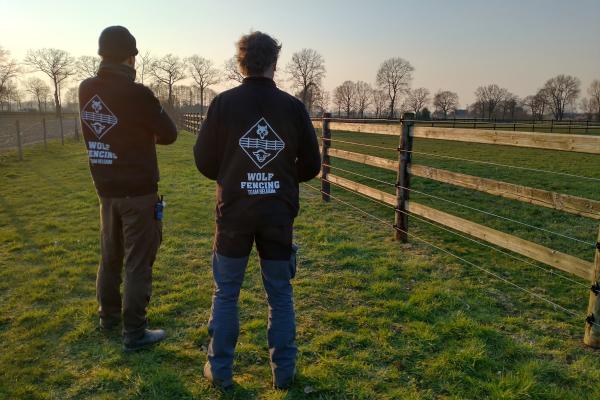
A practical approach for reducing conflicts with wolves in a highly populated area: the Wolf Fencing Team provides has led to a change in attitudes and a reduction in wolf attacks in project areas.
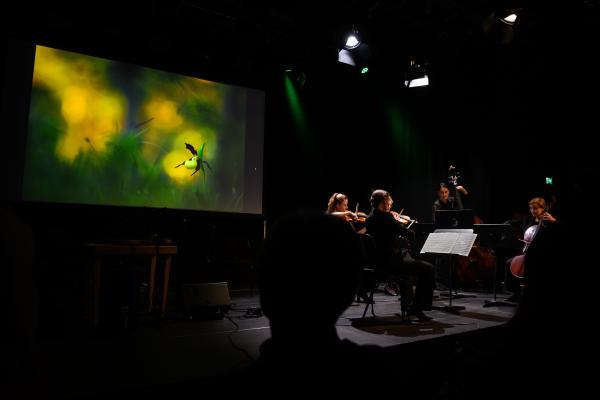
WWF Germany and the Munich Philharmonic Orchestra joined forces to organise the “Magic of the Isar” concert to celebrate the unique meandering river landscape of the Upper Isar River, and to highlight its fragile nature.
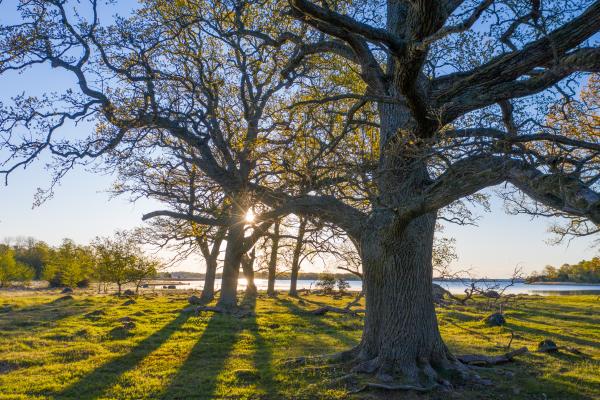
This project has successfully improved more than 1,400 hectares of oak habitat across 30 Natura 2000 sites in Sweden, benefiting numerous oak-dependent species, and raising awareness in local communities about their outstanding conservation value.
Restoring the Stržen River led to significant improvements in the ecological condition of the intermittent Cerknica Lake, improving protected priority habitats and important bird nesting areas.
The successful reintroduction of this threatened endemic species of algae paves the way for a wider recolonisation in Mediterranean waters, leading to the restoration of reefs and their habitat functions.
This cross-border collaboration between organisations from the Netherlands, Belgium and Germany developed innovative tools for the effective control and management of two high-priority invasive alien mammals: the coypu and the muskrat.
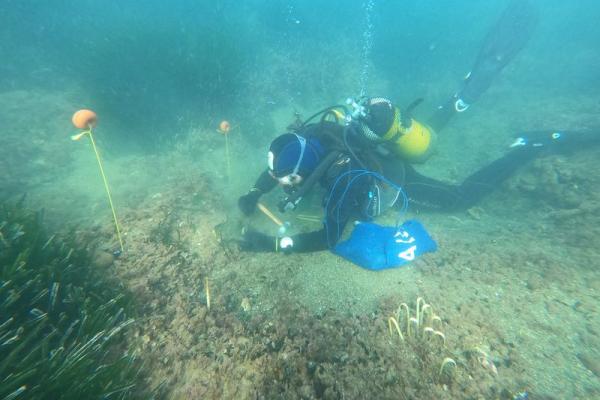
The pioneering BlueLab project supports the competent authorities in their conservation efforts and promotes community management in an area of great conservation interest: the L’Albera marine Natura 2000 site in Catalonia.
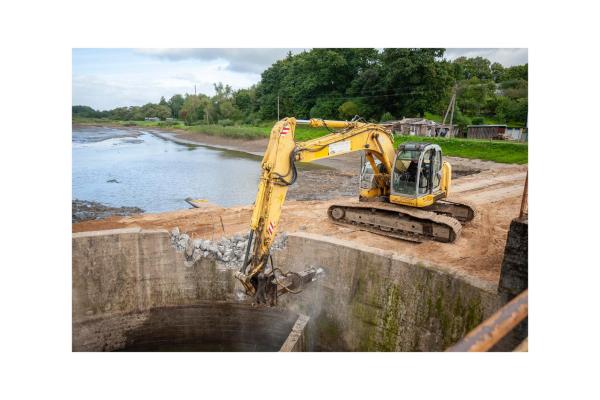
By restoring the connectivity and improving habitat conditions in the Salantas River, this initiative has led to the return of several fish and invertebrate species to an important Natura 2000 site.

This partnership of public and private entities has successfully reconciled different interests to allow the conversion of intensively farmed land into a large-scale nature development to provide flood protection.
